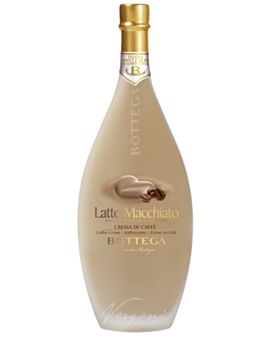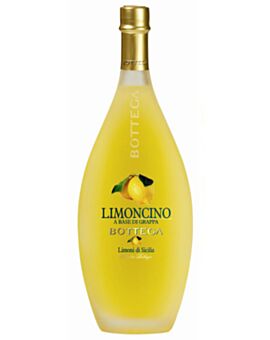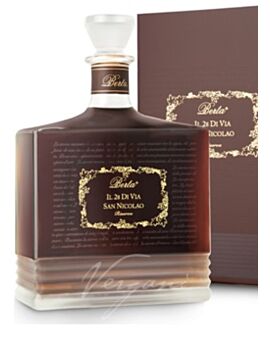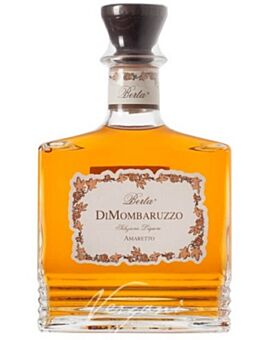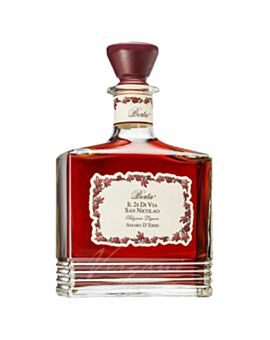Liqueur | liquor
Liqueur
Liqueurs belong to a type of spirits that are usually very aromatic and have a high sugar content (around 100 grams per liter). In Italy, a variety of liquori enjoy an outstanding reputation, based not exclusively on medicinal aid (Amaro), but often also on taste (Fior di late). Our favorite? Of course, the Limoncello.
Which are the most famous liqueurs of Italy?
In Italy people like to eat and because of this, especially the bitter liqueurs are among the most famous. Think of Fernet Branca, Amaro Lucano, Amaro Averna, and so on. Of course, the Amaretto di Saronno does not (only) belong in the kitchen and also the mostly homemade nut liqueurs (Nocino) enjoy a high reputation. Surely you also know the Sambuca of Molinari. A coffee killer liqueur, because it is able to drown even the coffee taste in the mouth with its strong anise flavor.
Why is the limoncello often offered in the restaurant?
Sweet, ice-cold and refreshing. These are the characteristics of a proper limoncello, which in southern Italy (like laurello, made from bay leaves) is often enjoyed as a digestif. Its origin goes back to Campania, where it first appeared around 1800 and where lemons ripen all year round, but peak between March and July. Their peels, which come naturally from lemons that have not been treated with pesticides, are macerated in alcohol for three to four weeks and then shaped into the desired form with sugar syrup and water. A fairly simple procedure, although of course each gastronome, that is, each household in Italy has an even more refined recipe than the other. For the joy of pride, Limoncello as a thank you to guests in Italy is often simply part of a convivial dinner. Attention: Mostly it does not remain then with the one.


